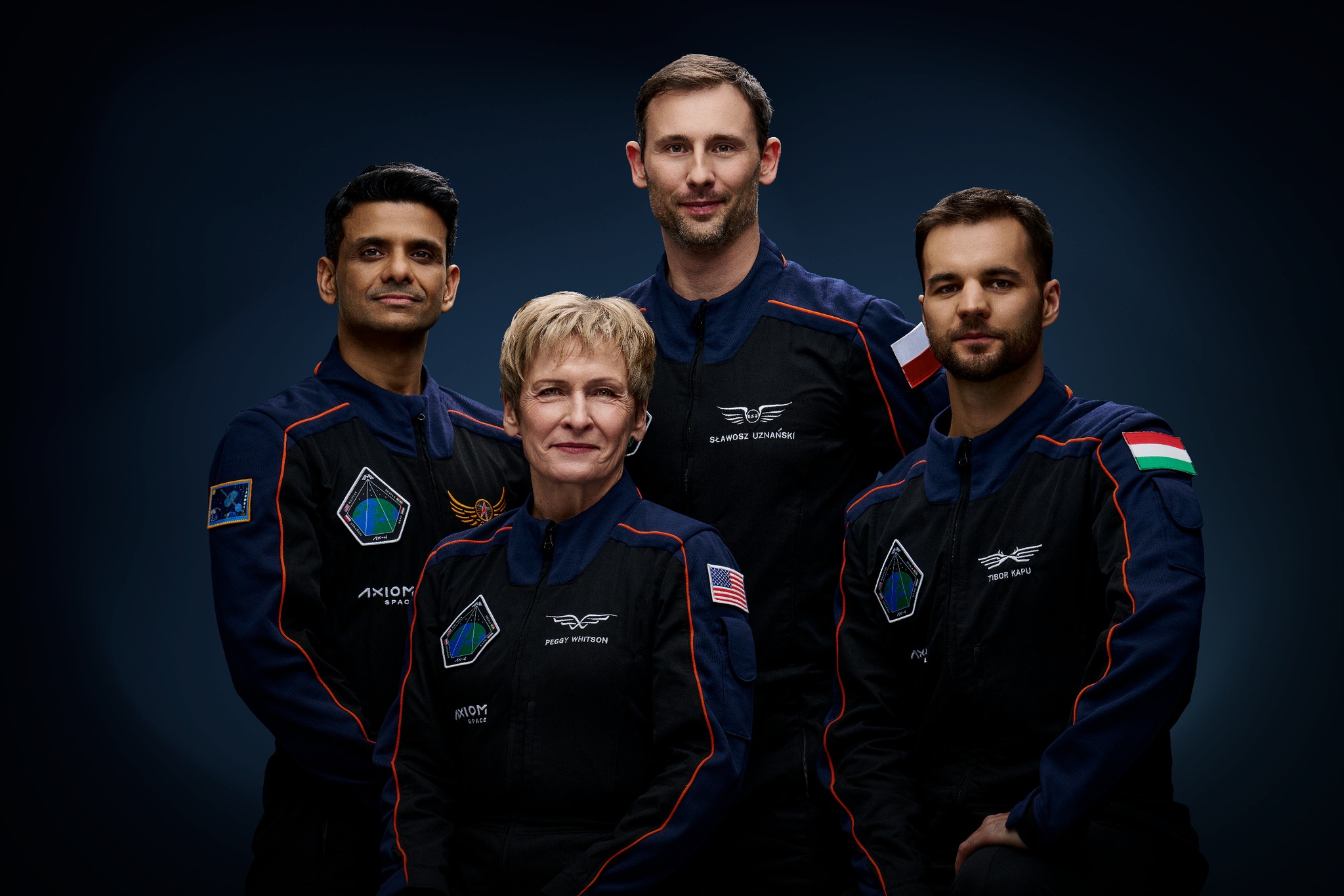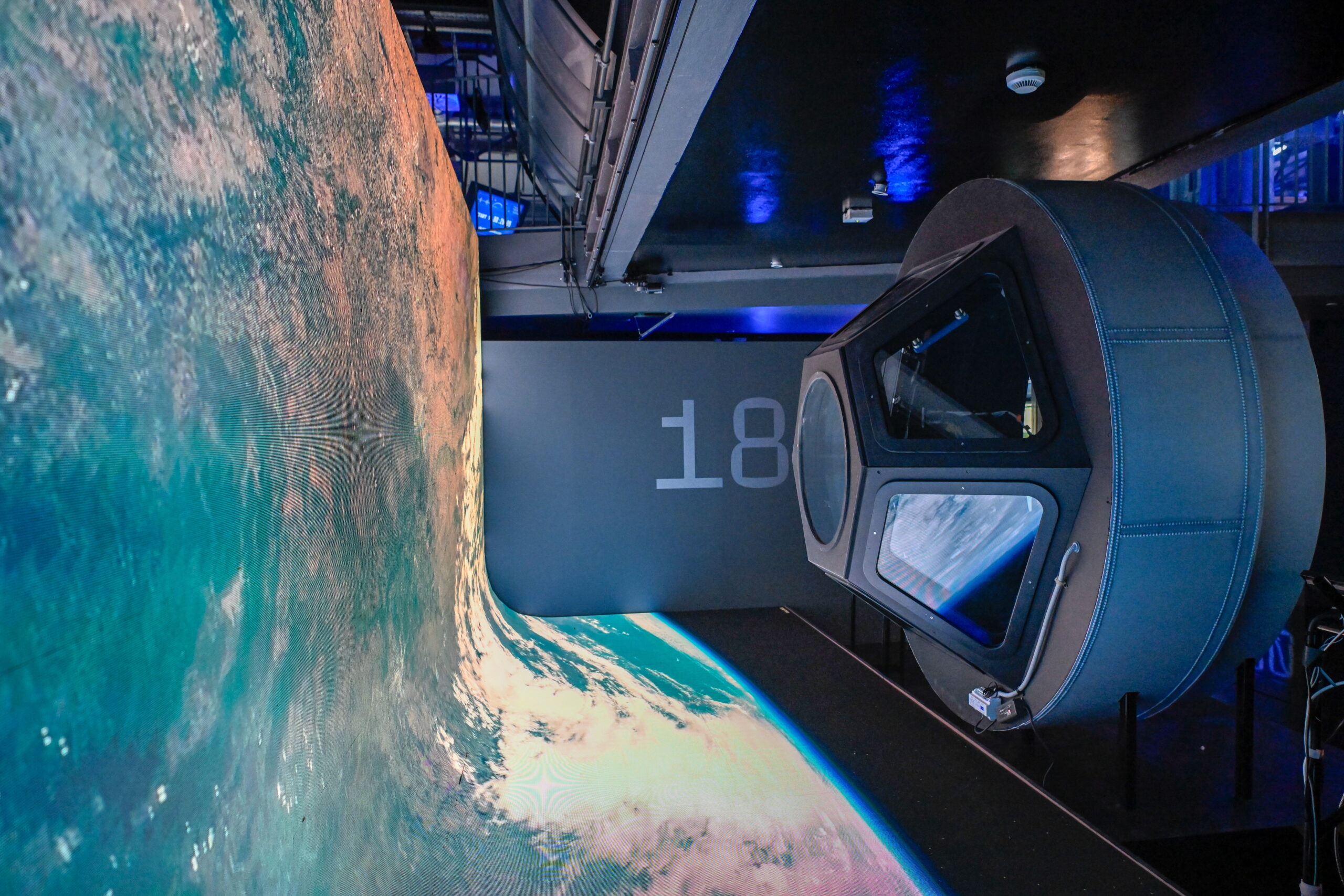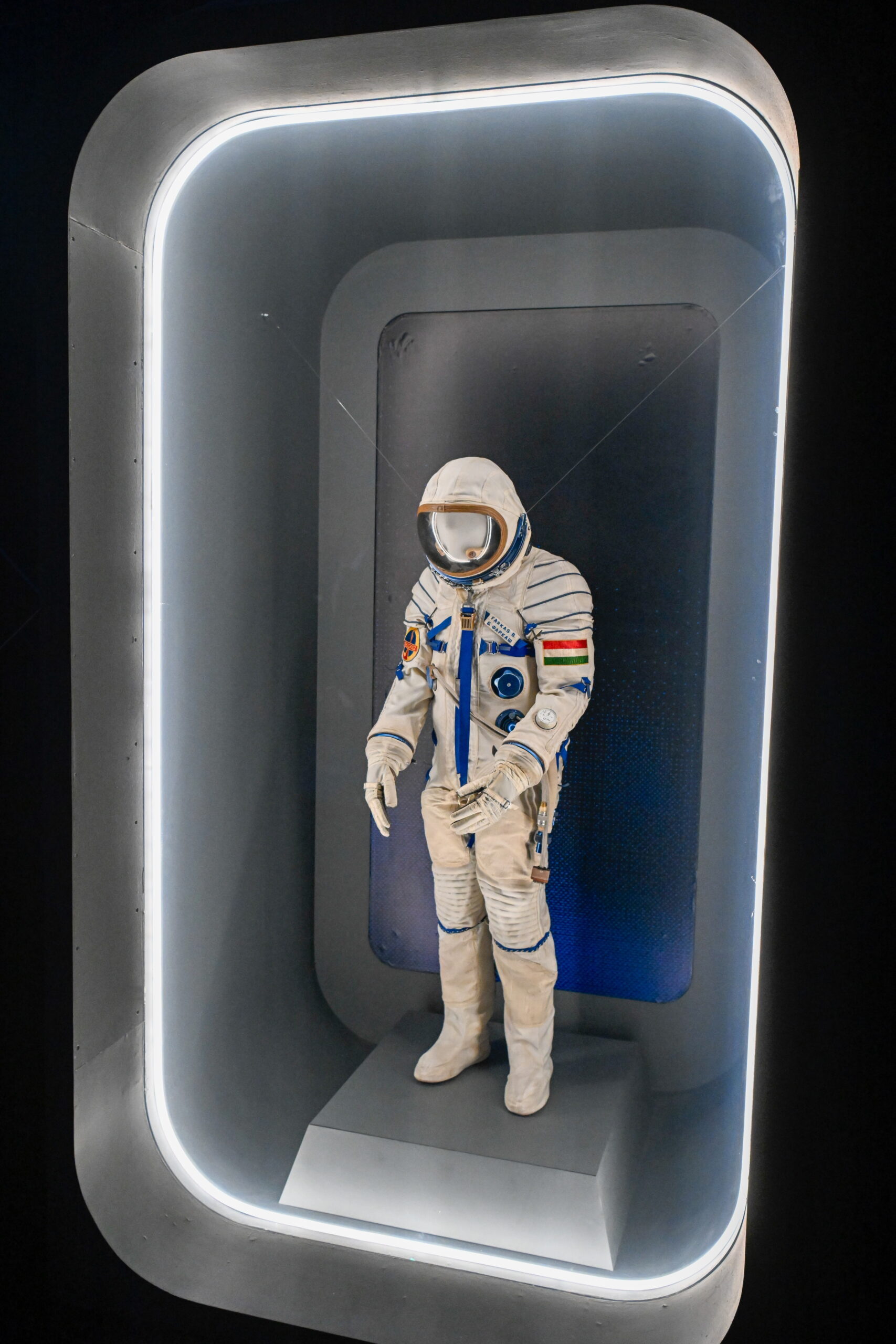
HUNOR, the Hungarian space program, focuses on research projects in dosimetry, space nutrition, life sciences, as well as human biology.Continue reading

The “HUNIVERZUM – Hungarians in Space” visitor center has opened to the public in Millenáris Park, Budapest. At the opening ceremony on Monday, also attended by Hungary’s first astronaut Bertalan Farkas, the Ministerial Commissioner for Space Research stressed that “today we are no longer a side player, but a proactive and respected partner in space research.”
Orsolya Ferencz recalled that in 2018, when Hungarian space exploration came under the control of the Ministry of Foreign Affairs and Trade, the Hungarian space sector gained new momentum after decades. She added:
We have rebuilt this special field, and today we can boldly say that we have opened a new era. In recent years, we have signed over 20 cooperation agreements with countries, space agencies, and the world’s leading space companies.”
The flagship of Hungarian space exploration is undoubtedly HUNOR – Hungarian Astronaut Program, she said, adding that on board the International Space Station, Tibor Kapu will carry out almost 30 Hungarian scientific experiments in 10 different disciplines. This is not only a scientific sensation, but also an unprecedented opportunity for Hungarian knowledge and innovation to showcase itself in an international environment, she explained.
Speaking about the opening of the visitor center, the Commissioner said that
today is not only the opening of an exhibition, but also the opening of a new space, the path of Hungarian science and education towards outer space.”
She stressed that the history of the 21st century is being written in space.

The space suit of the first Hungarian astronaut, Bertalan Farkas. Photo: MTI/Máthé Zoltán
The event also featured a video message from Tibor Kapu, mission specialist, who reported in from the United States, where he said he was nearing the end of his preparations and would soon be quarantined with the rest of the crew to ensure they arrived at the space station in good health.
On the mission-specific training they have successfully completed, he said, “we have been learning continuously about the specifics of living and working on the space station, conducting experiments, the operation of space capsules and rockets, but we have also participated in special training such as underwater egress from a helicopter, centrifuge, or survival training.”
I am very proud to do this as part of a program that not only serves technological and scientific advancement, but also inspires the next generation, showing new dreams and goals for young Hungarians,”
he added.
At the opening ceremony, Bertalan Farkas, the first Hungarian astronaut, told Kapu to look for “that small Carpathian Basin, in the middle of which is our 93,000 square kilometers.” He added that he wished Kapu and his reserve Gyula Cserényi “to be received with the same respect and love as the Hungarian people received Béla Magyari and Bertalan Farkas 45 years ago.”
Hungary’s most exciting objective at the moment, a truly great national objective, is to put a man into space again for research purposes, said Foreign Minister Péter Szijjártó at the event. The politician explained that this is far from being just about space tourism, but about the fact that the selected important research is to be carried out on the International Space Station for two weeks.
He gave several arguments as to why this mission was necessary. The first argument, he said, is political, namely that the government has always strongly supported the need for a Hungarian space research and space industry program.
He then recalled that Hungary is not a new player in space, as it has a tradition of more than eight decades in the field, with many Hungarians among the pioneers in the sector.
In recent years, there has not been a single major international space mission or space innovation that has not involved a Hungarian instrument, a Hungarian development, or a Hungarian supply.
(…) Over the past decades, 140 Hungarian space instruments have been launched into space in various space missions carried out by other nations or as international missions,” he said.
The minister also pointed out that 45 years had passed since the first Hungarian astronaut, Bertalan Farkas, flew into space, which is a long time for Hungary to set itself this goal again.
“Finally, my fourth argument concerns the future, because the fact is that long-term success requires not only research and industry, but also people. And I think this spaceflight, this whole mission, will draw attention to the importance of science and engineering. And we hope that more and more people will feel that they have to follow in the footsteps of Tibor Kapu and Gyula Cserényi and strengthen Hungary in the most modern and innovative industries.”
HUNIVERZUM takes a deep dive into the journey of Tibor Kapu, the second Hungarian astronaut. The 1200m² interactive exhibition area offers an exciting experience for children and adults alike: they can try out what it is like to maneuver in a space simulator, as well as tour the planets in the 360° planetarium projection.
Via MTI, Featured image: MTI/Máthé Zoltán